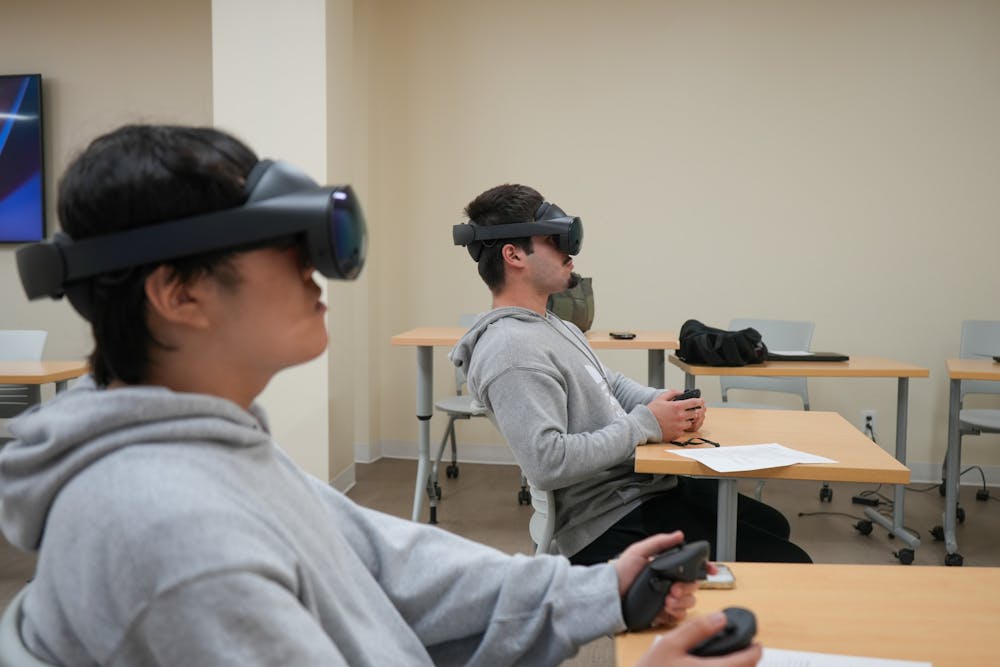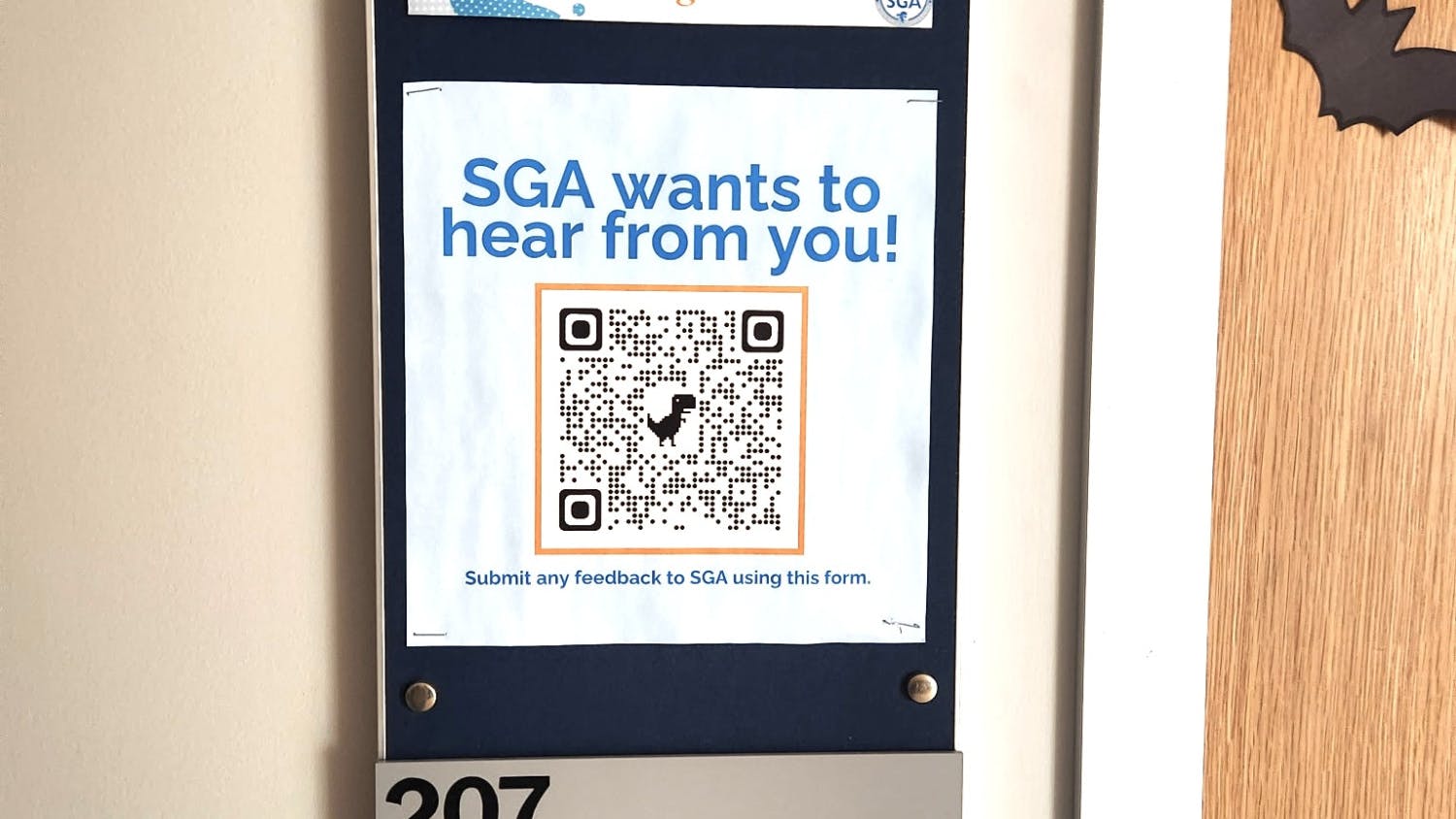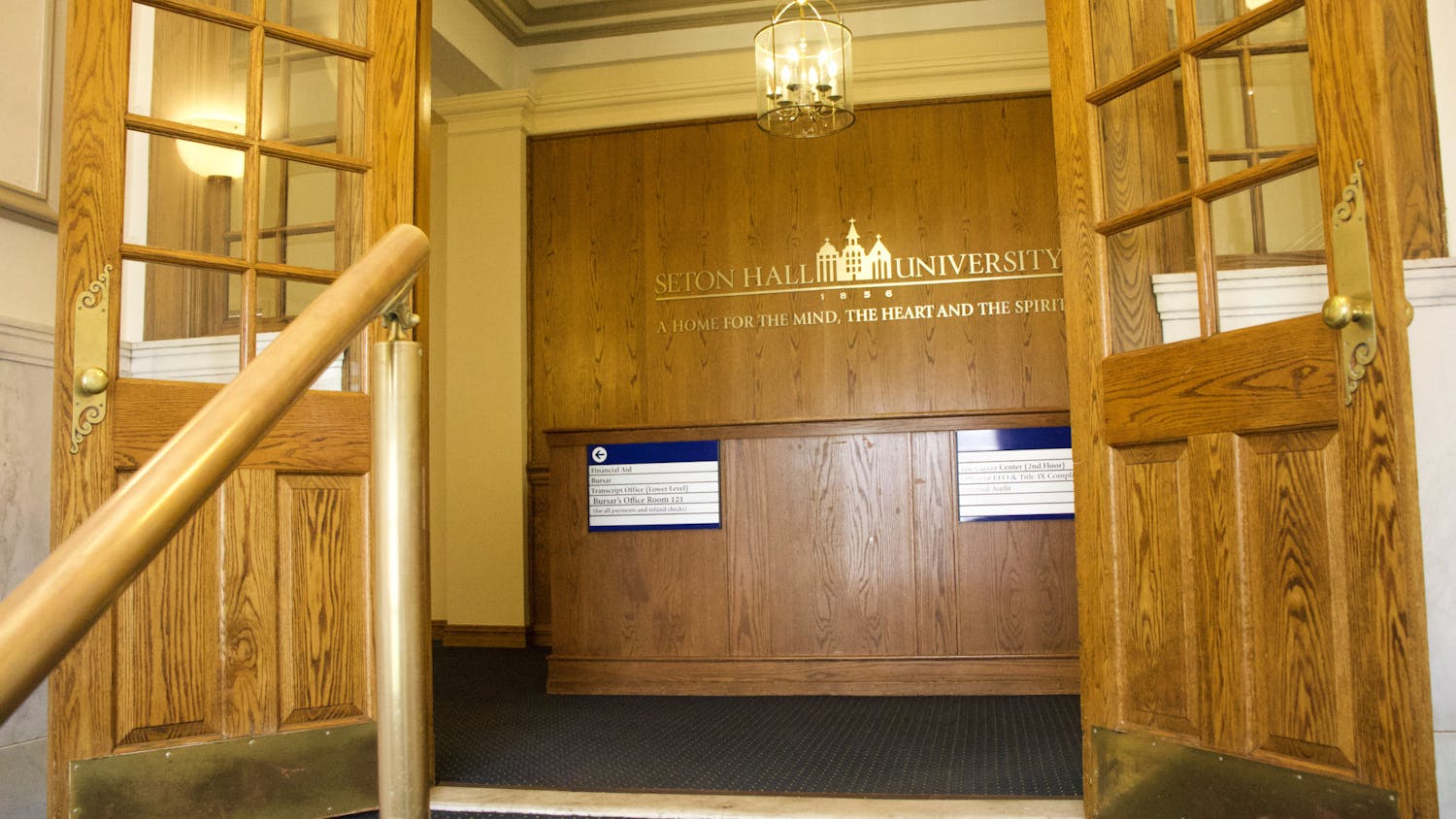The Teaching Learning and Technology Center (TLTC) is collaborating with academic and non-academic departments to pilot the use of virtual reality (VR) for immersive experiences and student engagement.
Dr. Renee Robinson, a professor of communication in the Department of Communication, Media and the Arts, said that coming out of the pandemic, she watched students and faculty struggle with connection.
“I got to thinking [that] what our students need [is an opportunity] to see themselves in a virtual space,” she said. “A safe space where they can try to experiment with different communication types.”
With this in mind, Robinson discovered Virtual Speech, an Artificial Intelligence (AI) platform that provides training on public speaking, leadership and more.
Over the summer, Robinson and Renee Cicchino, director of instructional design and training in the TLTC, brought Virtual Speech into the Educational Opportunity Program (EOP).
The app allowed students to practice their public speaking skills in tense environments and receive immediate feedback or practice soft skills like mock interviews.
Cicchino said students can also use the app to “participate in emergency preparedness scenarios” or for scientific research.
“Students [can] practice dissecting a frog without any of the actual resources,” Cicchino said.
Scott Bergenfield, Maker Space coordinator and technology trainer, added that the technology is 360-immersive and users can experience a variety of apps based on disciplines.
“You really get to experience what it's like to be in a specific scenario, situation, historical event, geographic location right here on campus,” he said.
Currently, a cart of 20 VR headsets is located on the IHS campus and a cart of 24 in the first-floor storage closet of Jubilee Hall, which is utilized by the Pre-Professional Advising Pre-Professional Advising Center (P-PAC), Academic Resource Center (ARC) and the Career Center.
Robinson said that three Oral Communication courses are using VR this semester. She plans to expand the program to 25 more sections in the spring, with full integration across all sections in fall 2026. According to Robinson, this would give roughly 800 to 1,000 students per year the opportunity to use the headsets.
There are also plans to develop a desktop and headphone version, for students who might not feel comfortable with the VR technology, according to Cicchino and Robinson.
Additionally, Cicchino said there is a plan to open an innovation hub on the ground floor of the Walsh Library for use beginning next semester. The hub will have a maker studio with 3D printers, Computer Numerical Control machines (CNC) for 3D product creation and sublimation machines for engraving, cutting and printing.
Kassandrah Blake is a writer for The Setonian’s News section. She can be reached at kassandrah.blake@student.shu.edu.





